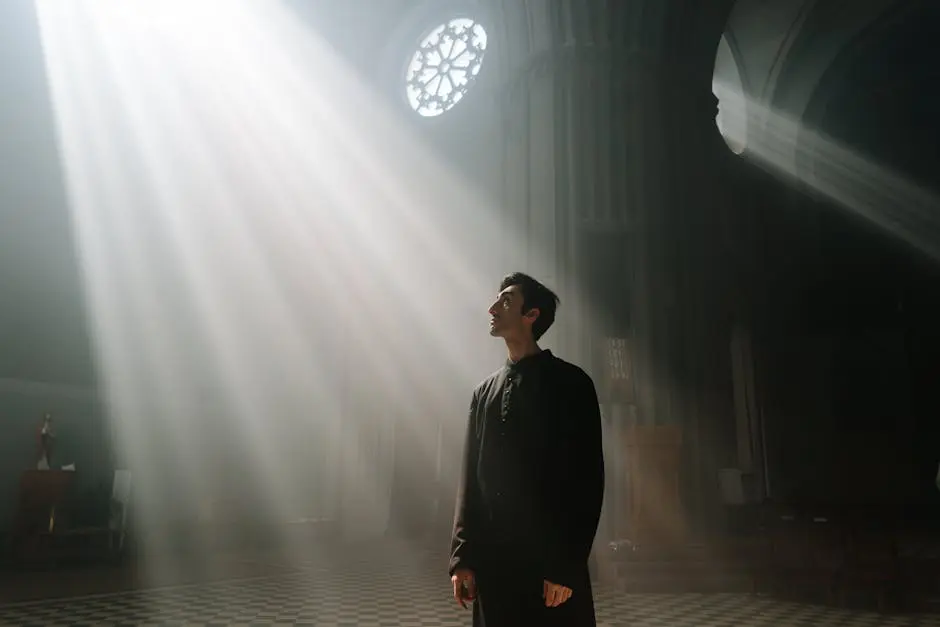
Clergy garments are not just outfits; they are imbued with meaning and tradition. This blog will explore the unique characteristics that set clergy garments apart from regular clothing, highlighting their significance in various religious contexts.
Understanding Clergy Garments
Clergy garments are designed with intention and purpose. They serve as a visual representation of the commitment and duty that clergy members undertake. Each piece is crafted to reflect the values of the faith, conveying a sense of authority and reverence.
Moreover, these garments often denote a specific role within the religious community. For instance, a priest might wear a chasuble during Mass, while a rabbi may don a tallit. Such distinctions help congregations recognize leadership and establish a connection to their faith traditions.
Different denominations often have unique styles that align with their beliefs, so understanding these garments requires some context. By exploring the various types of clergy clothing, we can appreciate not only the diversity of faith but also the unity each garment represents.
Symbolism Behind Clergy Clothing
The colors and fabrics of clergy garments hold deep meaning. Each hue and texture can symbolize different aspects of spirituality. For example, white is often associated with purity and celebration, while purple may symbolize repentance and reflection.
This symbolism extends beyond mere aesthetics; it serves as a form of communication. When clergy members wear specific garments, they are not just dressing for the occasion; they are conveying messages about the essence of the service or ritual taking place.
Additionally, certain symbols on garments, such as crosses or other religious emblems, reinforce the wearer’s spiritual identity. These elements invite the congregation to engage deeply with their faith and become part of the shared experience.
Functionality of Clergy Garments
Clergy garments are built for more than just appearance; they must also accommodate the physical needs of the wearer. Many pieces are designed to allow ease of movement during rituals, such as bending, raising arms, or walking about the altar.
Practical details like pockets for holding small tools or accessories, or a fitted design for comfort during long services, also enhance their functionality. This thoughtful design makes it easier for clergy members to focus on their spiritual duties without the distraction of uncomfortable clothing.
For instance, some clergy garments are made with lightweight and breathable materials, catering to different climates and settings. This adaptability ensures that clergy can perform their roles effectively, regardless of the circumstances.
Historical Context of Clergy Wear
The tradition of clergy garments is deeply rooted in history. Many styles have evolved over centuries, influenced by cultural shifts, regional practices, and significant events in the religious landscape. Understanding this history provides valuable insight into why these garments look and function the way they do today.
Ancient traditions still inform modern designs, as many garments are inspired by ancient texts or practices. For instance, the mitre worn by bishops traces its roots back to centuries ago, symbolizing authority and leadership across generations.
By tracing these garments through history, we can see how they have adapted to changing societal norms while maintaining core elements that preserve their sacred meaning. This historical context enriches our understanding of their significance in today’s world.
Comparison with Regular Clothing
Unlike regular clothing, which can be purely casual or fashion-driven, clergy garments serve a specific function within their respective religious communities. They are steeped in tradition and carry inherent meanings that everyday clothing lacks.
While everyday clothing can vary widely in style and comfort, clergy garments maintain a certain uniformity that aligns with the values of the faith. This creates a sense of belonging and community among congregants who share the same beliefs.
In this way, clergy garments distinguish their wearers, marking them as representatives of their faith and as individuals committed to a higher calling. This sense of identity starkly contrasts with the often transient nature of regular fashion.
The Role of Fabrics and Colors
Fabrics play a crucial role in clergy garments. Soft, flowing materials like silk and cotton are often favored for their comfort and appearance during services. The choice of fabric is also practical, ensuring that the wearer can perform their duties without restriction.
In terms of colors, clergy garments follow a liturgical calendar that dictates shades associated with various seasons and festivals. This means that clergy might wear green during Pentecost, while red is reserved for occasions like Palm Sunday.
Through understanding the importance of fabrics and colors, we can see how they contribute to the rich tapestry of meaning behind clergy garments. They invite the faithful into a visual storytelling that enhances the worship experience.
The Unique Significance of Clergy Garments
In conclusion, clergy garments stand out due to their rich symbolism, specific functions, and adherence to religious traditions. Understanding these aspects can deepen one’s appreciation for these special garments and their role in religious life.



